
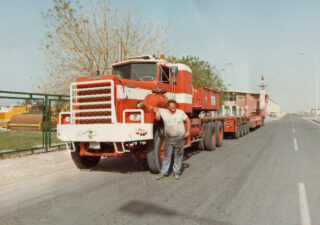
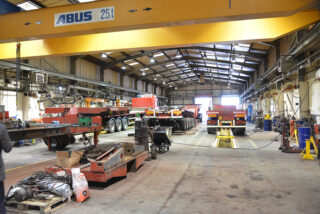
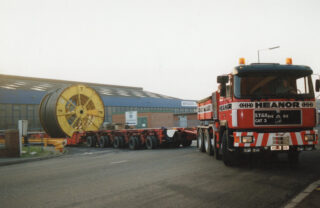
THE SEARSON FAMILY HAVE PLENTY OF STORIES OVER THE MANY DECADES SPENT IN THE HAULAGE INDUSTRY. HEAVYTORQUE FINDS OUT JUST SOME OF THEM, AND DISCOVERS WHAT THE FUTURE HOLDS
Celebrating 80 years of business is quite a milestone in anyone’s books. To achieve that in the haulage industry is very special, especially when you are operating in a niche part of said industry. Heanor Haulage, based in Ilkeston, Derbyshire, has grown under the stewardship of cousins Peter and Ian Searson. While Ian has retired from the day-to-day running of the company, Peter – who was born in the year that his father Ken (a butcher and farmer) and Uncle Jack (a demobbed soldier) formed the company – still plays a more than active part in the operation.
Formed without any vehicles, the company started out carrying potatoes to local shops using a flatbed Dodge truck. As part of being demobbed, Jack had been given a “B” license by the then Government and the brothers went out and purchased the original Heanor Coal and Haulage Company from two local gentlemen.
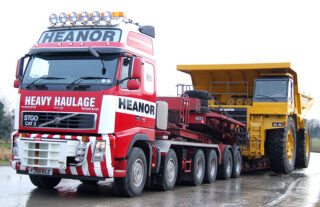
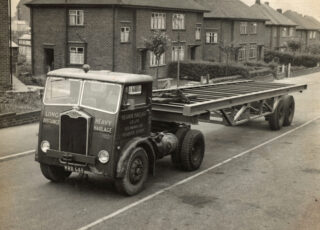
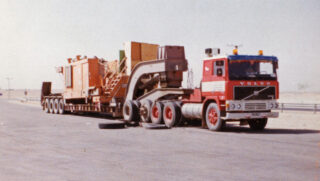
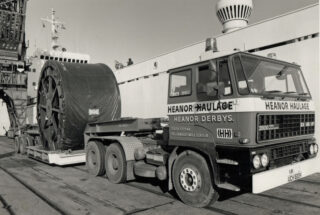
GEMMA GRIMES, DIRECTOR OF ONSHORE RENEWABLES AT RENEWABLEUK, EXPLAINS WHY BRITAIN IS APPROACHING A DECISIVE MOMENT FOR ONSHORE WIND ENERGY
It is now just a matter of weeks before we know the result of what is promising to be one of the most unpredictable elections in British political history. All the opinion polls indicate that the forthcoming general election is too close to call; anything from a Conservative majority to a Labour-led coalition is possible. At RenewableUK, we have been looking at all the potential scenarios quite closely as the outcome of May’s election could have significant ramifications for the UK’s wind industry.
As the Conservatives have made abundantly clear, they are unwilling to continue supporting onshore wind if they win another term in office. David Cameron re-stated the Conservative Party’s views to senior MPs in mid-December. After telling them that he would be “very happy” to host fracking in his constituency, he turned to onshore wind, saying “I think the public are, frankly, fed up with so many wind farms being built… enough is enough. I am very clear about that.” So, as the party initially stated in April 2014, there will be no future financial support for onshore wind.
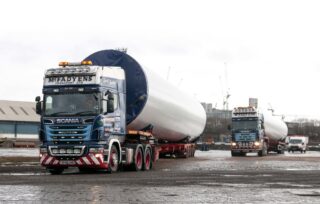
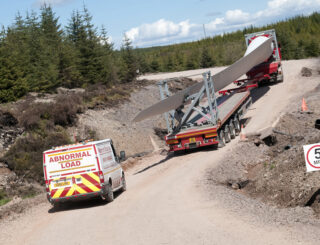
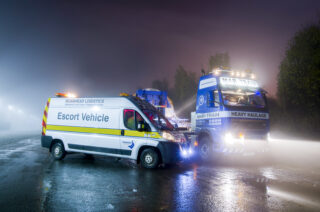
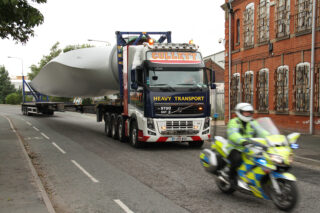
Issue Two: with 144 pages of first-class journalism and photography, what more can you wish for? HeavyTorque, Britain’s best loved specialist transport title! Click the appropriate link below to purchase your annual subscription, or individual copy.
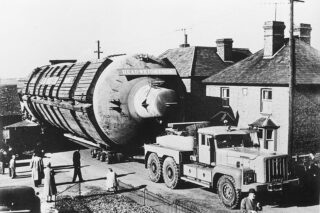
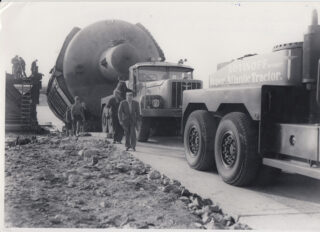
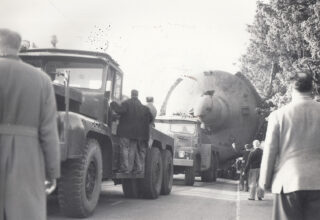
WHAT TOM SUNTER ACHIEVED WITH THE MOVEMENT OF 238-TONNE BOILERS FOR THE BRADWELL POWER STATION HAS BECOME FOLKLORE IN THE HEAVY HAULAGE INDUSTRY. AS HEAVYTORQUE RECALLS, THE OCCASION SHOWED HOW THE SUNTER BROS TEAM PROVED THEY WERE A FORCE TO BE RECKONED WITH.
Ever since the days of moving those plinths of rock to Stonehenge, the heavy haulage world has regularly achieved what normal mortals have thought was downright impossible. Although when it came to Bradwell Power Station, even some of the specialists shook their heads at what Tom Sunter was contemplating.
If details of the job arrived on the desk today, any heavy haulier worth their salt could have given a quote almost off the top of their head. True, they’d need to be capable of handling a concentrated 235 tons mass, but with two – three at best – 250 tonne eight wheelers in the arsenal, then the weight isn’t much to get excited about.
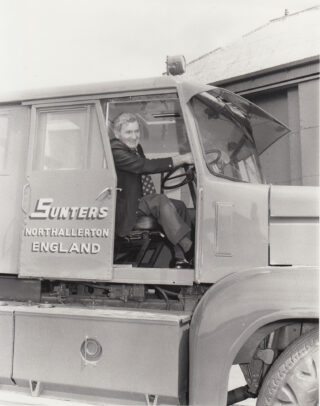
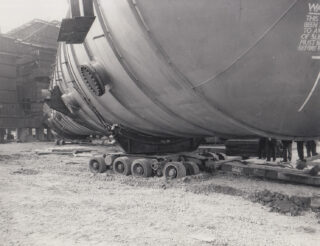
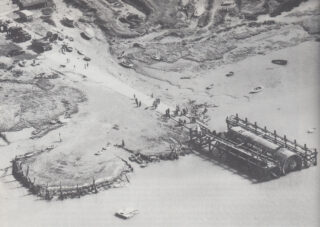
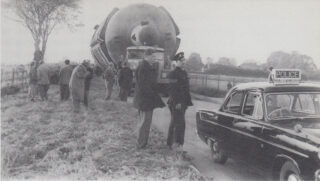
AFTER NEARLY 50 YEARS IN THE UK, VOLVO TRUCKS HAS PROVEN ITS WORTH AS A HEAVY HAULAGE PARTNER, AS WELL AS A MAINSTREAM MANUFACTURER. HEAVYTORQUE CHARTS THE PROGRESS OF THE COMPANY – AND ITS VEHICLES – SINCE THE 1960S
Their previous visits to the shores of Anglo-Saxon England, in the final decade of the eighth century, were not celebrated by the local populace. In 793AD, Norsemen arrived in longships, with bad attitudes and steel helmets, and they left behind a trail of woe and destruction. Over 1,200 years later, they were back, but this time they brought with them lorries that were better made, more comfortable, safer, and cheaper to run than those built in Britain. In 1967, the new invasion landed at Grangemouth; Volvo trucks had arrived in Britain.
The history does bear a little examination, as it was a Scottish businessman who proved that he knew better than Volvo itself, when it came to what the UK truck market might be ready for. Jim McKelvie from Barrhead, near Paisley, had sold his transport business to TDG (transport development group) for an undisclosed, but reportedly healthy, sum.
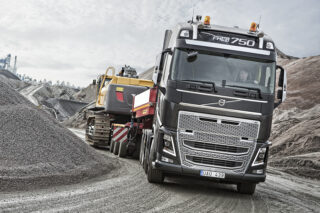
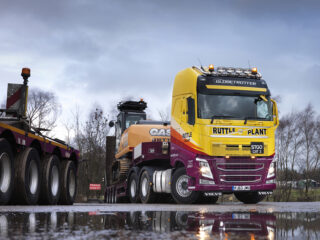
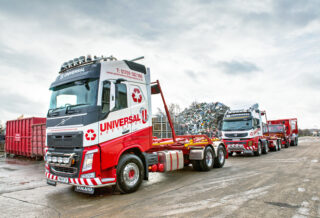
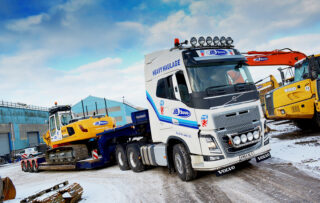
Issue Two: with 144 pages of first-class journalism and photography, what more can you wish for? HeavyTorque, Britain’s best loved specialist transport title! Click the appropriate link below to purchase your annual subscription, or individual copy.
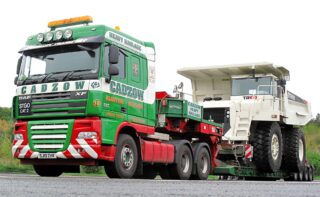
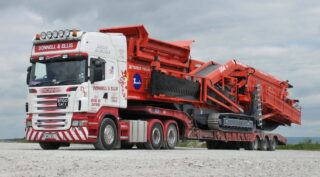
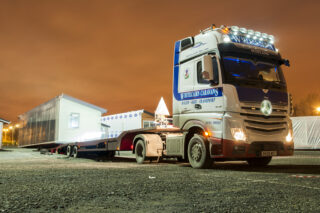
WANT TO KNOW WHICH MANUFACTURERS OFFER WHAT WHEN IT COMES TO VEHICLE CONFIGURATIONS FOR CONSTRUCTION AND USE? HEAVYTORQUE IS YOUR GUIDE
The biggest combinations used by specialist transport companies might tend to attract the most attention, many operators find that their busiest outfits tend to be three-axle tractor units pulling three- or four-axle step frame trailers. These combinations provide a high level of flexibility, often grossing between 44 and 65 tonnes, possibly going as far as 80 tonnes, dependent upon specification. For many fleets these adaptable outfits are key to their operation, the ability to handle medium weight STGO Cat 2 loads and still be employed on normal Construction and Use work when required is vital.
With so many choices, it is sometimes difficult to appreciate who offers what, so here is a guide to manufacturer specifications.
DAF offers full axle layouts, including standard centre lift/twin steer 6×2 tractors – termed FTG – FTR and FTS tag axle layouts, with single and twin tyres on the rear lift axle respectively, as well as FTT 6×4 double drive tractors with either air or steel suspension.
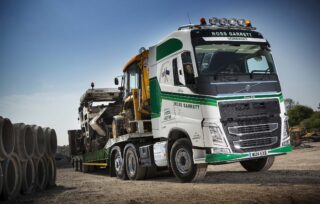
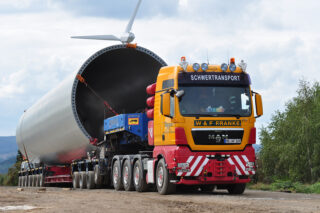
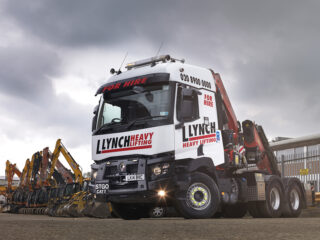
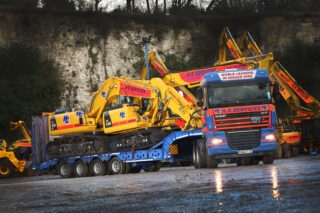
GETTING HEAVY LOADS ONTO A VEHICLE IS ONE THING - MAKING SURE THEY ARRIVE AT THEIR FINAL DESTINATION AS THEY INTENDED TO IS SOMETHING ELSE ENTIRELY. HEAVYTORQUE DESCRIBES THE FUNDAMENTALS OF SECURING A LOAD, TO PREVENT DISRUPTION OR DISASTER
To understand how to lash and secure cargo on a moving vehicle such as a trailer, railcar or ship, let’s start with the basics. The three Laws of Newton form the basics of forces on cargo. Understand these principles, and the rest will be relatively simple.
First law: When viewed in an inertial reference frame, an object either remains at rest, or continues to move at a constant velocity, unless acted upon by an external force. Or, expressed in other wording: If an object (mass) is moving (or stays at rest) at a constant velocity through space, and is not affected by any other external force, the object will continue (or stay at rest) with the same velocity unless acted upon by an external force. In reality this never happens, as an object moving at a certain speed on a road, is always subject to friction (a truck driving at a certain speed, needs the engine to overcome the rolling friction, otherwise the truck will stop rolling). A cyclist needs to push the pedals to overcome rolling friction or wind force, otherwise it will eventually stop.
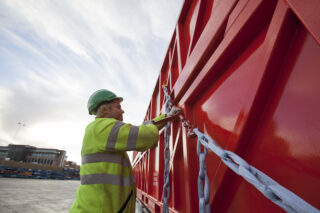
Issue Two: with 144 pages of first-class journalism and photography, what more can you wish for? HeavyTorque, Britain’s best loved specialist transport title! Click the appropriate link below to purchase your annual subscription, or individual copy.
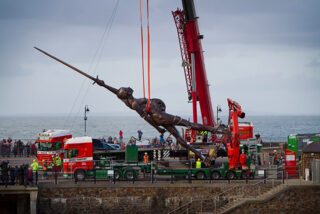
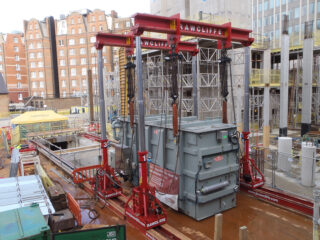
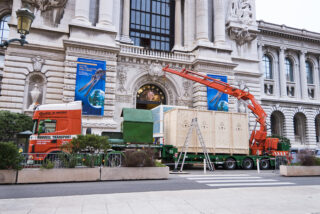
IN A WORLD WHERE THE MAXIMUM WEIGHT OF A TRANSPORTABLE CARGO SEEMS TO BE ON AN UPWARD TREND, OPERATORS ARE KEEN TO USE THE MOST EFFICIENT AND EFFECTIVE TECHNIQUES TO GET ITEMS FROM A TO B. HOWEVER, THERE IS MORE THAN ONE WAY TO MOVE A HEAVY LOAD, EXPLAINS HEAVYTORQUE
The business of shifting heavy loads is possibly as old as civilisation itself. As soon as man tried to adapt his surrounding to suit his needs, there was a need to either move heavy objects to a place where they were useful, or out of the way.
In the modern world many heavy transport companies offer a range of specialist installation/removal services to their customers as part of a package. These services can include lifting, jacking and skidding heavy loads to get them either from a heavy transport vehicle to their required location, or vice-versa. Many of these specialists have turned this work into an art form, using a subtle combination of modern technology and techniques developed over generations.
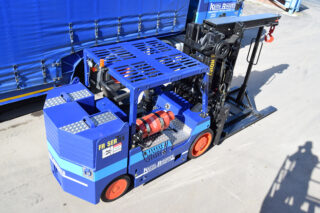
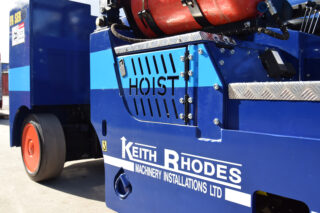
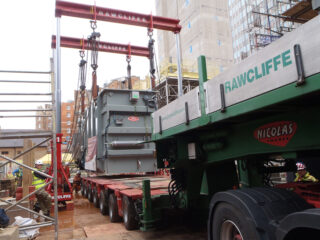
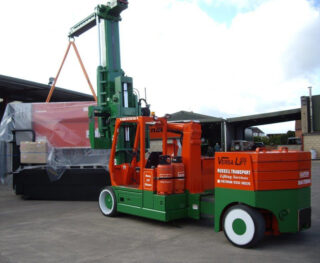
IT’S A NAME THAT HAS ALL-BUT DISAPPEARED FROM THE COMMERCIAL VEHICLE AND TRANSPORTATION INDUSTRIES, BUT FOR A LONG TIME, SCAMMELLS RULED THE ROADS. HEAVYTORQUE FINDS OUT MORE ABOUT ONE OF THE COMPANY’S FEW REMAINING RUNNING MODELS
One look at the launch issue of HeavyTorque – specifically a story about the movement of a regenerator for an oil refinery in Cheshire – was enough to prompt a telephone call from Willson and Wilding Ltd, now the proud owners of one of the vehicles that appeared in that feature. The Scammell Contractor MKII – produced in the late 1970s – has led a eventful life, being involved in a number of jobs such as the oil refinery one. Today, it spends most of the time in its own warehouse in Pontypool, occasionally venturing out to commercial vehicle shows.
One of its next appointments will be on 27 March where the iconic vehicle will make an appearance at The Heavies. Ahead of that, and by way of an introduction to the MKII that many people will see in the metal at Bruntingthorpe, it is only right to fill in some of the back story.
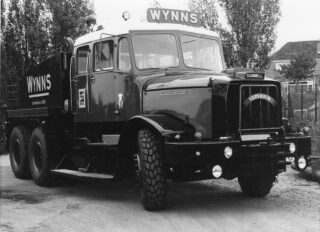
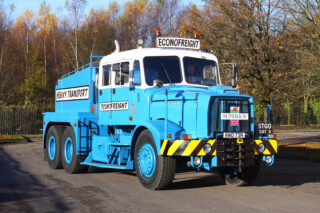
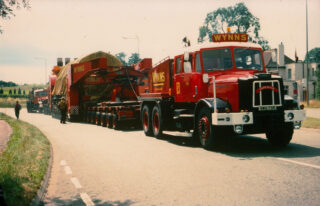
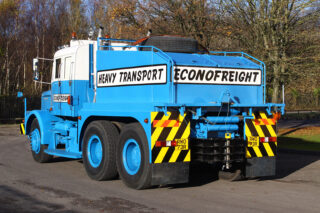
Issue Two: with 144 pages of first-class journalism and photography, what more can you wish for? HeavyTorque, Britain’s best loved specialist transport title! Click the appropriate link below to purchase your annual subscription, or individual copy.